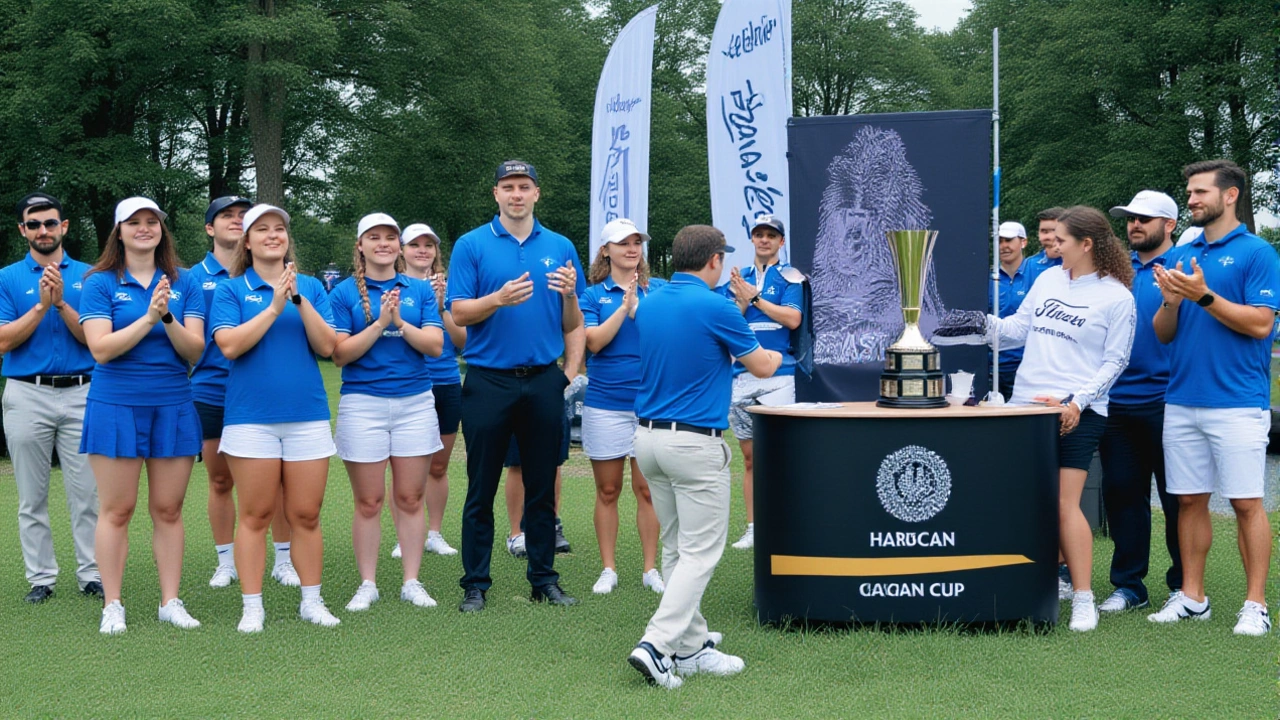Disc Golf: A Complete Beginner’s Guide
When working with Disc Golf, a sport where players launch specially designed discs into metal‑basket targets. Also known as Frisbee golf, it blends precision, strategy, and outdoor fun. Disc Golf Discs come in three main flight categories—driver, mid‑range, and putter—each tuned for speed, control, or accuracy. The Professional Disc Golf Association (PDGA) oversees official rules, rankings, and worldwide events, ensuring the sport stays fair and competitive.
Understanding the disc golf playing field starts with course layout. A typical Disc Golf Course features 9 to 27 holes, each marked by a tee pad and a target basket placed at varying distances and elevations. Designers use natural terrain—trees, hills, water hazards—to create strategic challenges that test both power and finesse. Knowing how to read a hole’s angle, wind direction, and lie can turn a modest throw into a birdie opportunity.
Key Skills and Techniques
Every player quickly learns that disc selection and throwing technique go hand‑in‑hand. Drivers demand a full‑arm snap and a stable wrist release to generate high speed; mid‑range discs benefit from a smoother, controlled motion; putters rely on a gentle forehand or backhand flick to nail the basket. Practicing a consistent grip—fan, power, or claw—helps maintain disc stability and reduces wobble. Mastering the hyzer‑and‑anhyzer angles lets you shape the flight path around obstacles, making the sport as much a mental puzzle as a physical one.
Beyond individual skill, Disc Golf Tournaments add a competitive edge. Events range from local club rounds to international championships, each scored by total strokes—lower is better. The PDGA assigns tournament categories (C, B, A, and Pro) based on prize pool, field size, and course difficulty. Players earn points toward world rankings, which influence seeding and sponsorship opportunities. Watching a tournament reveals how pros adapt disc choice mid‑round, read wind shifts, and manage pressure.
Equipment doesn’t stop at discs. A sturdy bag, a towel, and a mini marker aid performance. Many players carry a portable basket or practice putting mat for on‑the‑go drills. Hydration packs and polarized sunglasses are practical for longer rounds, especially in hot climates. Investing in a quality set of discs—usually three to five—ensures you have the right tool for every situation from tee‑off to the final putt.
Community plays a huge role in the growth of disc golf. Local leagues organize weekly rounds, offering newcomers a low‑pressure environment to learn rules and etiquette. Friendly rivalries spark improvement, while online forums and tutorial videos spread techniques worldwide. The PDGA’s youth programs aim to introduce the sport in schools, highlighting its low‑cost entry point and health benefits like cardiovascular fitness and hand‑eye coordination.
Whether you’re eyeing your first basket or eyeing a spot on a tournament leaderboard, the journey starts with solid fundamentals: pick the right disc, understand course design, and respect the sport’s etiquette. Below, you’ll find a curated collection of articles that dive deeper into disc selection, advanced throwing drills, course strategies, and the latest PDGA updates. Ready to step onto the tee and see how far your throw can go? Browse the posts and start sharpening your game today.
